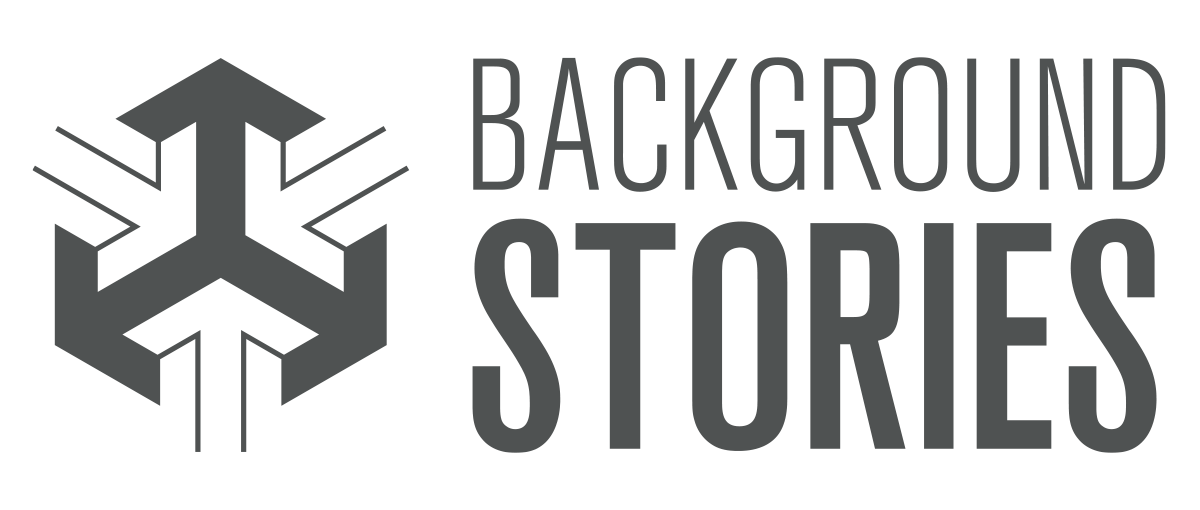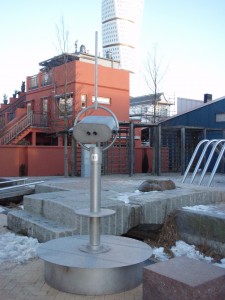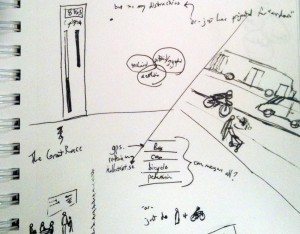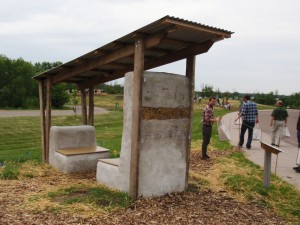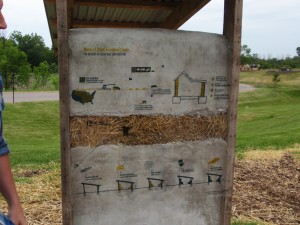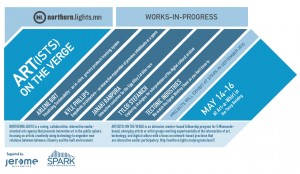By this Washington Post article, it appears food traceability is set to go main-stream.
The opportunities for communicating the social and environmental sustainability behind such foods are huge. It’s fascinating how it may be the food safety concerns that drive us toward opening to transparency. – Once those doors are open, so many additional communication possibilities exist.
These ideas for the food system are also good validation for the TraceProduct.Info project I initiated as part of an Art(ists) on the Verge fellowship. More info on the project here.

